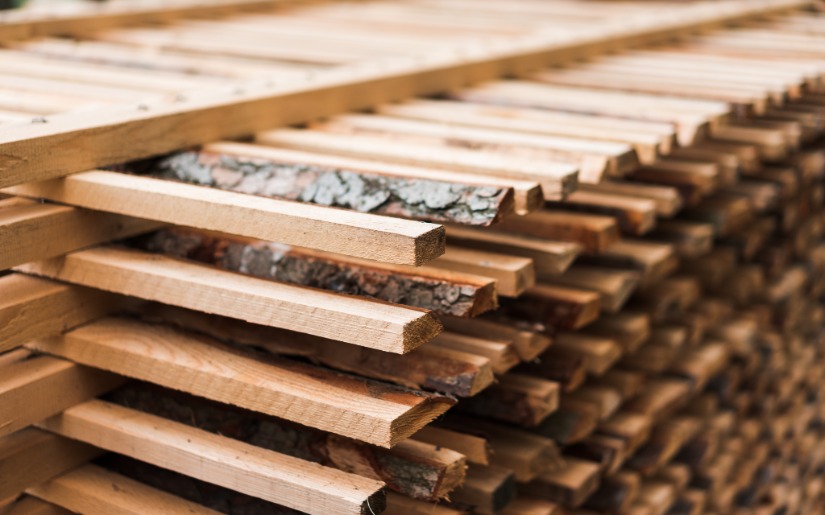Efforts to recognize carbon storage in wood products within international protocols have been ongoing for over thirteen years. Despite these actions there is still no agreement on language regarding Harvested Wood Products (HWP), and this continued uncertainty is hindering the possibilities for wood to be a more significant part of a carbon solution.
Global climate protocol negotiators recognize that carbon comprises about one half the mass of dry wood in long-lived wooden structures, furniture, finished goods and a myriad of other durable products made of wood. It is also recognized that considerable quantities of carbon are stored for long periods within such products. In addition, there is growing appreciation of the fact that producing useful products from wood results in substantially less energy consumption – and particularly much less fossil energy consumption – than similar products from other raw materials. This lower level of energy consumption translates into far lower carbon emissions linked to manufacturing.
Despite recognition of the carbon storage benefits of wood products and lower carbon emissions during manufacturing, wood products1 continue to be hampered in climate protocols by a Kyotoera default assumption: that all of the carbon stored in harvested wood products manufactured in any given year is totally negated by an equal volume of carbon released to the atmosphere through degradation of such products within the same time frame. In effect, the current policy assumption is that all of the carbon contained within trees is released at the moment of harvesting.
If the issues were only technical and dependent upon sound research for resolution, then accounting for carbon in HWP would likely have been incorporated into climate protocols long ago. While a few technical questions remain, the primary obstacles are political. The HWP question, like many others linked to climate negotiations, is mired in international politics. For instance, in the case of internationally traded wood, what nation should get credit for carbon stored in harvested wood products – the nation in which trees were grown, or the nation in which the wood is used? Will acknowledging carbon storage in wood lead to more forest harvesting? Will recognizing the longevity of stored carbon in discarded products within landfills encourage waste and discourage durability and recycling? These are a few of the questions that are keeping resolution of the HWP issue in limbo.
The question now is how to move forward so that the carbon benefits of wood products can be realized.
- Lead AuthorBowyer
- DateFebruary 2010
- CategoryCarbon, Environmental, Forest products, Wood
- Project FileDownload

.png)

.png)
.png)

